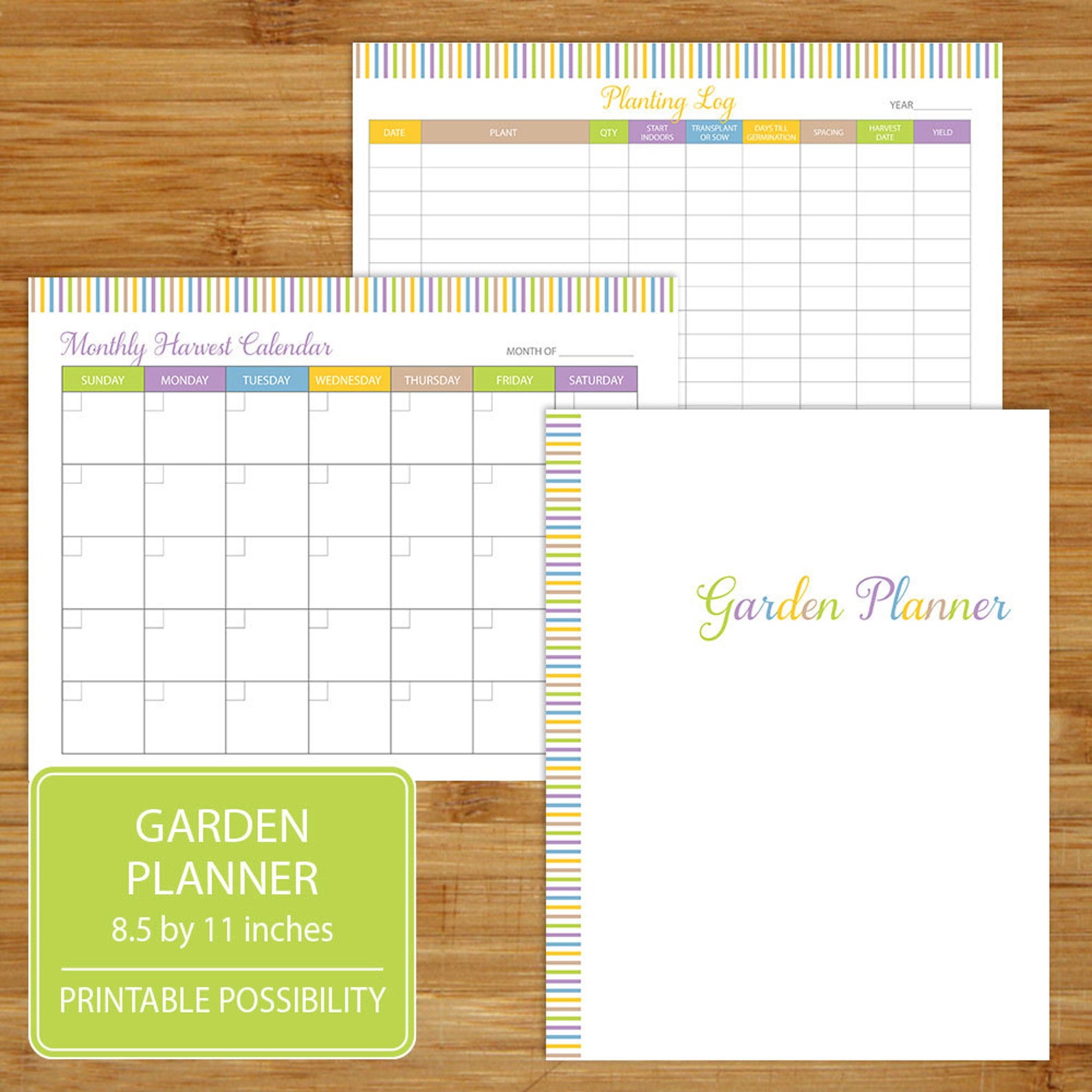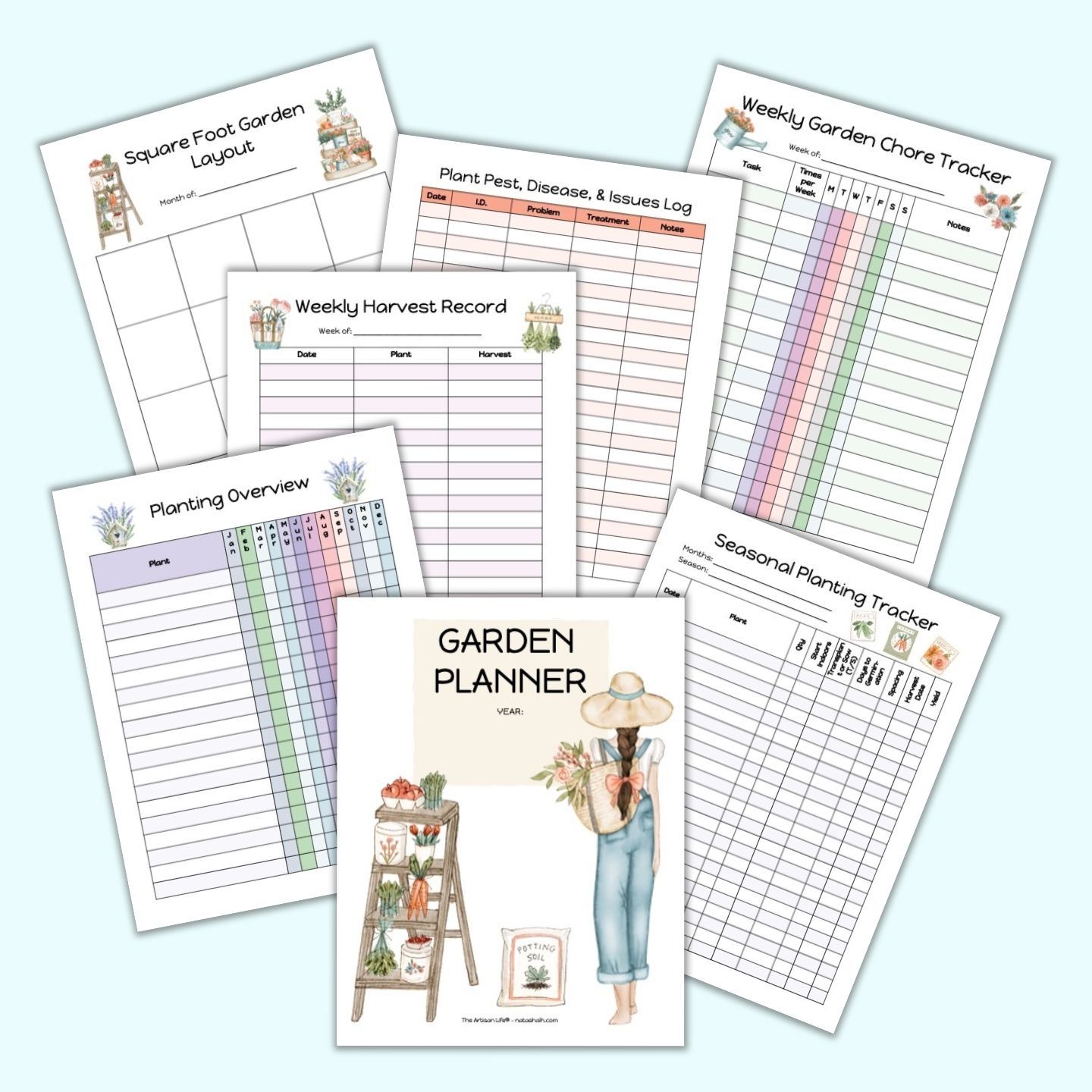

Kids need to get a feel for the earth, and they can’t do it if they are worried about getting in trouble. Top Tips for Kids’ Gardens Let Them Get Dirty Once you’ve harvested your plants, it’s time to enjoy the fruits of your labor! Whether you’re eating fresh vegetables from your garden or arranging a beautiful bouquet of flowers, you’ll be glad you took the time to plant a garden. And for flowers, it means cutting the stems and arranging them in a vase.

For fruits, it means picking the fruits when they’re ripe. Once your plants are big and strong, it’s time to harvest them! For vegetables, this usually means picking the vegetables when they’re ripe. Simply pull up some of the plants and throw them away. You might also want to fertilize your plants every few weeks to help them grow strong and healthy.Īs your plants grow, you’ll need to thin them out so they have enough room to grow. Water them in the morning so they have time to soak up the water before the sun gets too hot. Once your plants are in the ground, it’s important to water them regularly and give them plenty of sunlight. Water your plants well and place them in a warm, sunny spot. Once you’ve dug the holes, gently remove your plants from their pots and transplant them into the garden. If you’re starting with starter plants, the first step is to dig holes in your garden that are big enough to accommodate the roots of your plants. Once they’ve sprouted, you can transplant them into your garden. In a few weeks, they should start to sprout. Keep an eye on your seeds and water them regularly. Once your seeds are planted, water them well and place them in a warm, sunny spot. If you’re starting with seeds, the first step is to plant them in seed trays or pots filled with potting soil.

Once you have your supplies, it’s time to get started! Planting Your Seeds You might also want to purchase a hose if you don’t have one, as well as some mulch to help keep your plants healthy. If you’re starting with starter plants, you’ll need a shovel, trowel, and gardening gloves. If you’re starting with seeds, you’ll need seed trays or pots, potting soil, and a watering can or spray bottle. No matter which route you choose, you’ll need some supplies to get started. If you choose to start with starter plants, you can simply transplant them into your garden when you’re ready to get started. If you choose to start with seeds, you’ll need to plant them in seed trays or pots and then care for them until they’re ready to be transplanted into your garden. Starter plants are more expensive, but they’re easier to care for. Seeds are cheaper, but they do require a bit more work. One of the first decisions you’ll need to make is whether to start with seeds or starter plants. Once you’ve selected your plants, it’s time to get started! Seeds or Starter Plants And if you’re growing flowers, some beautiful options include roses, daisies, and sunflowers. If you’re growing fruits, you might want to try strawberries, blueberries, or watermelons. If you’re growing vegetables, some good options include tomatoes, peppers, carrots, and lettuce.

Do you want to grow vegetables, fruits, or flowers? Once you’ve decided, it’s time to choose your specific plants. You’ll also need to decide what kind of plants you want to grow. If you live in a cold climate, choose plants that can withstand the cold, like broccoli, cabbage, and kale. If you live in a hot climate, opt for heat-tolerant plants like tomatoes, peppers, and eggplants. When you’re planning your garden, it’s important to choose plants that will do well in your climate.


 0 kommentar(er)
0 kommentar(er)
